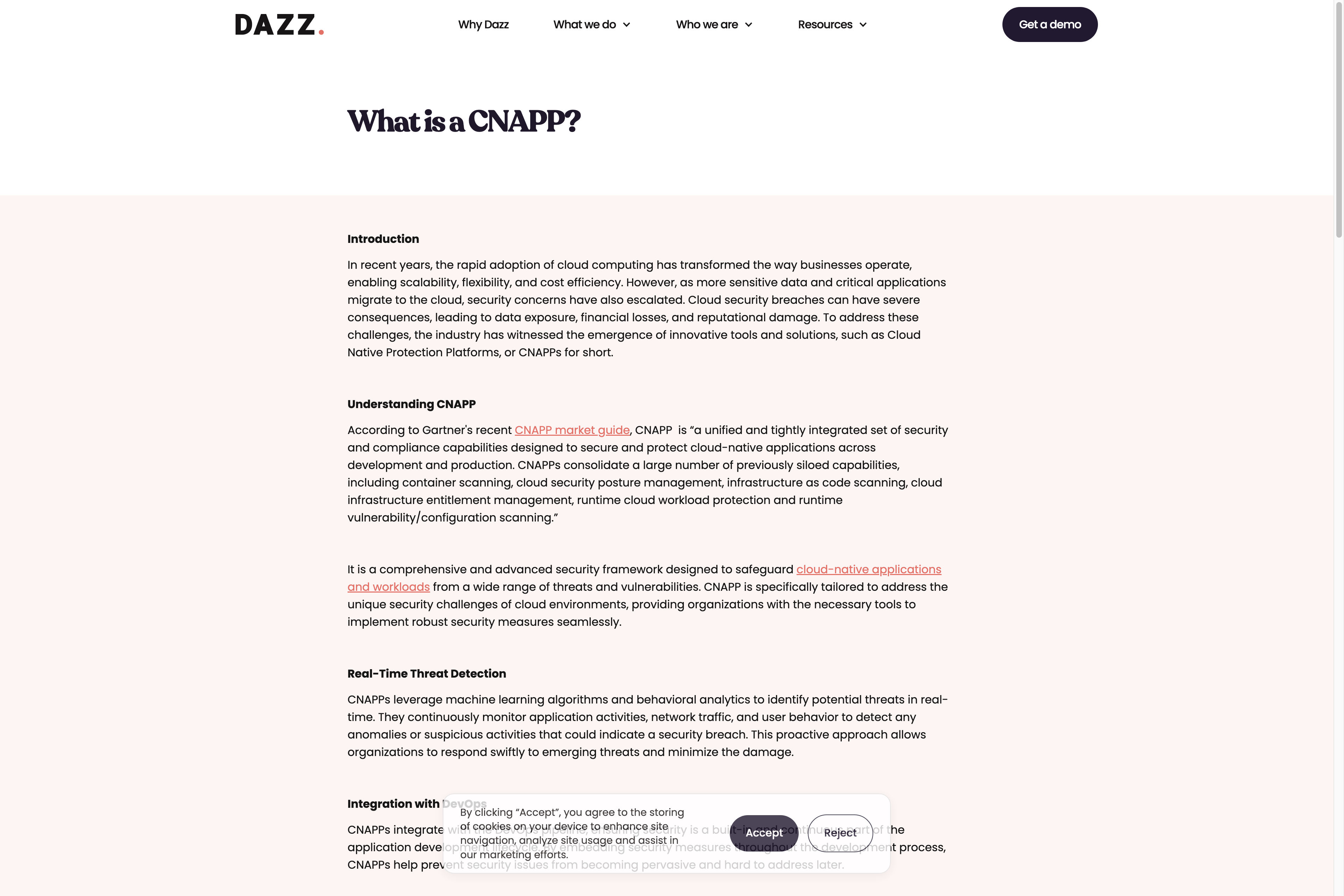CNAPP
Cloud-Native Application Protection Platforms offer seamless security for modern cloud applications. With real-time monitoring, threat detection, and adaptive policies.

Related Products about CNAPP

ReddIntel: Harness real-time subreddit analytics to uncover trends, validate ideas, and drive startup success. Perfect for marketers and entrepreneurs!

We help global food, and agri export & import businesses establish credibility, trade securely beyond their network, and reduce costs.

Transform your Instagram with Snaptap's next-level AI photoshoot technology. Create professional photos effortlessly from home and attract new followers. No professional equipment needed.

Cartoon Gen creates ai cartton generation for avatar with text or image, pixar style. Generate AI cartoon and make unique cartoon images ai

First impression matters when you meet people online as well. Easily turn your own selfies into awesome headshots with any style at studio quality with AI. Be the best of yourself on any social media.

Paintit.ai is a revolutionary AI-powered tool designed to make interior visualization accessible and convenient for everyone. Where users can transform their dream spaces into reality and create personalized environments that align with their vision. // Pro subscription - $29/month. Personal - Pay Per Use - from $5

